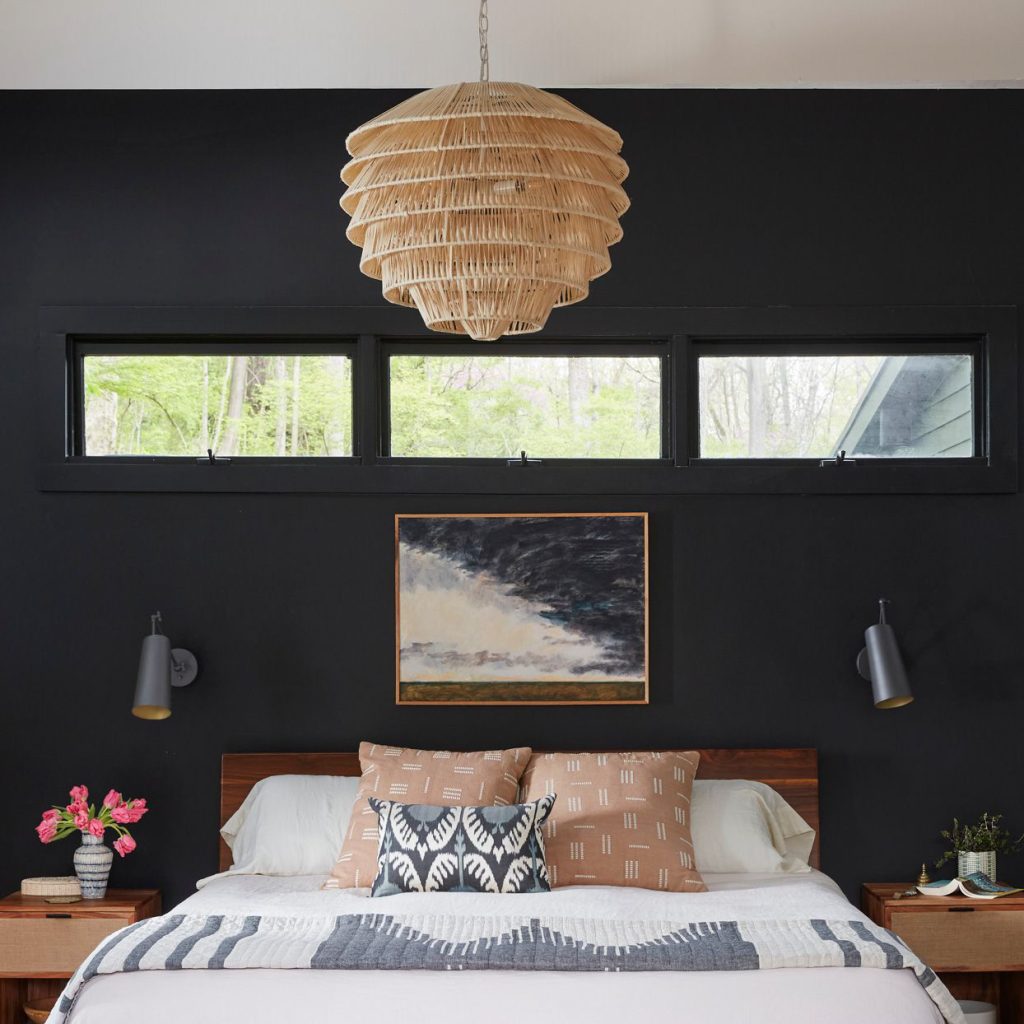Introduction
Lighting is an essential element in creating a comfortable and inviting space. Vibia, a Barcelona-based lighting design company, has been at the forefront of the industry for over 30 years. Their newest product, Vibia Tempo, offers a dynamic and customizable lighting solution perfect for contemporary spaces. In this article, we will delve into the features and benefits of Vibia Tempo.
Features
Vibia Tempo is a modular lighting system that allows for endless possibilities. The system consists of a series of LED sticks that can be linked together to create a unique and dynamic lighting installation. Each LED stick is capable of producing a range of color temperatures and intensities, allowing the user to create a customized and personalized lighting experience.
The sticks are available in a range of lengths, from 9.84 inches to 118.11 inches, making them suitable for a variety of applications. They can be arranged in linear configurations or woven together to form intricate patterns. The system is also dimmable, allowing for further customization of the lighting experience.
Benefits
Vibia Tempo offers a number of benefits to contemporary spaces. Its modular design allows for flexibility and adaptability, ensuring that the lighting can be tailored to the specific needs of the space. The range of color temperatures and intensities ensures that the lighting can be adjusted to suit different moods and activities, from work to relaxation. The system is also energy-efficient, meaning that it can offer substantial savings on energy costs.
In addition to its practical benefits, Vibia Tempo is also an aesthetically pleasing lighting solution. The sleek and minimalist design of the LED sticks creates a modern and sophisticated look that can complement any contemporary space. The ability to create customized patterns and configurations means that the lighting can become a unique and eye-catching feature in any room.
Case Studies
Vibia Tempo has been used in a number of high-profile projects, including the LUMA Foundation in Arles, France, and the Art Academy in Dresden, Germany. In the LUMA Foundation, the lighting was used to highlight the unique architecture of the building, creating a warm and inviting atmosphere. In the Art Academy, the system was used to create a dynamic and engaging lighting installation that reflected the creativity and innovation of the institution.


